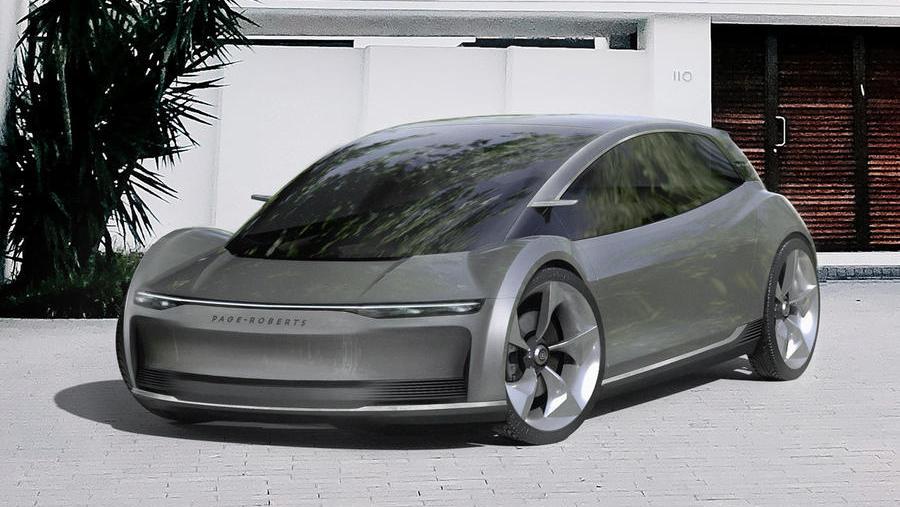
Page-Roberts EV: Is This the Future of Electric Vehicles?
A small EV startup from the UK has just received a unique patent. Page-Roberts, out of London, wants to mount its EV batteries vertically as opposed to the traditional horizontal arrangement. But this brings up arguments related to a typical electric vehicle’s weight and center of gravity.
Batteries are heavy. While that is a negative, EV makers try to make lemonade from lemons. They place the batteries low in the chassis for a low center of gravity and better handling. But not Page-Roberts.
Page-Roberts says placing the EV’s batteries vertically vastly improves many aspects
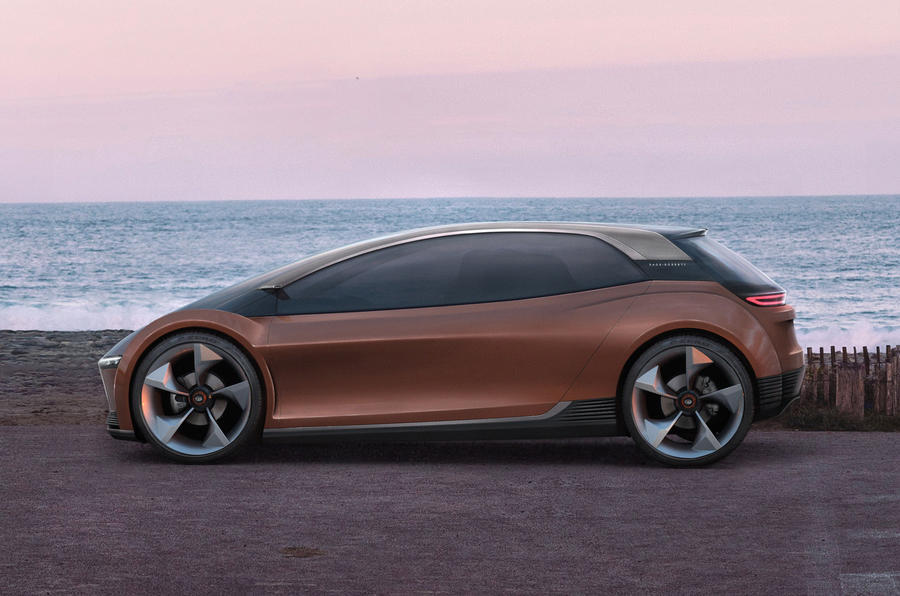
The company claims that research has shown by stacking the batteries vertically, improves efficiency. It also improves aerodynamics. And about the center of gravity? It says that it’s comparable to an EV with batteries on the floor to 60kWh.
The firm also claims this type of design will increase EV adoption with that better efficiency, better range, charging times, and prices similar to gas-powered vehicles. “We found it’s possible to reduce these barriers with a small battery size to deliver a very low-cost point or a larger battery size to provide the ability to have a long-range,” Page-Roberts told the UK’s Autocar.
But the point being hyped seems not to be the battery placement but a cost advantage. By reducing weight from larger batteries it allows “cheaper facilities and processing.” Page-Roberts says cost is reduced by 36-percent, and the light bodies are cheaper to make. In fact, it says that all of the components being lighter makes for a less expensive EV.
Page-Roberts says it is not interested in manufacturing this car
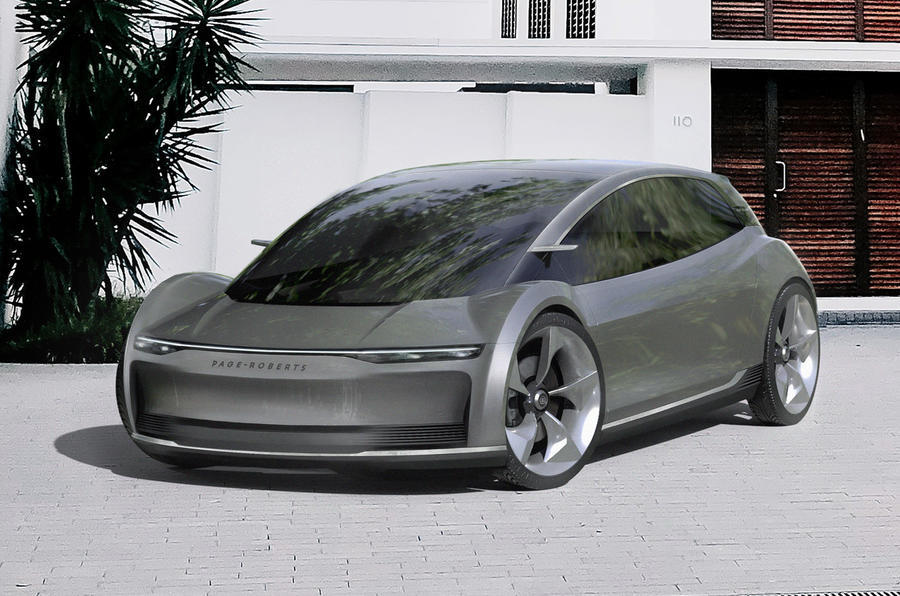
With all of this hoopla, Page-Roberts says it isn’t interested in manufacturing the car under development. Say, what? “Despite the benefits the concept brings, the firm isn’t looking to go into production any time soon,” says Page-Roberts. “But the basis for a vehicle to use this structure in the future is still on the table.
“We don’t intend to go into production with this design; rather it’s a virtual demonstration of the potential with the battery and seating arrangement,” the firm said. “On the back of this study, we’ve developed a number of patents relating to the vehicle layout and the body structure.”
Why haven’t other manufacturers seized on this idea?
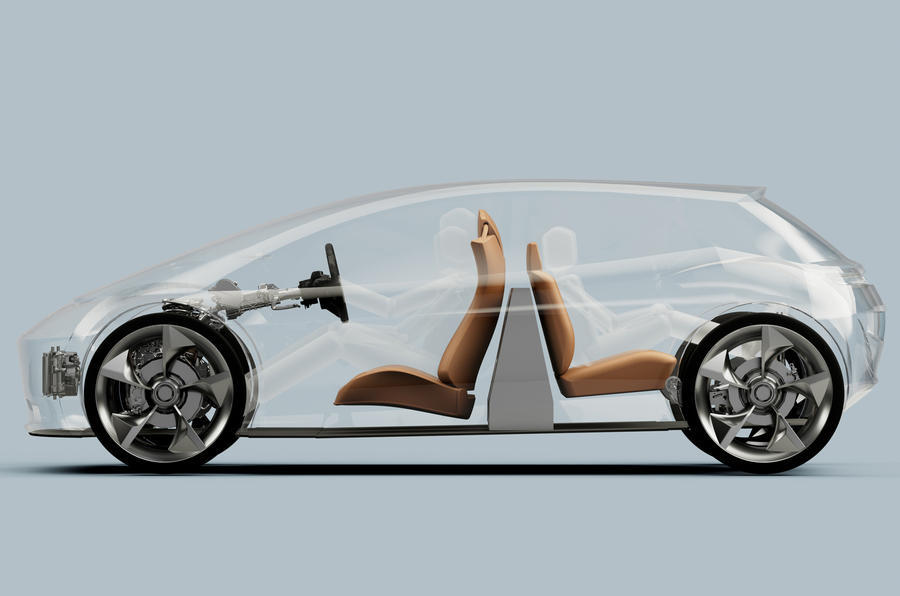
So the question becomes if this is such a revolutionary concept, why haven’t other manufacturers tried it? The company says it is because of the popularity of SUVs. “Ultimately, manufacturers don’t want to move away from SUV production, because they’re the money-makers,” Page-Roberts said. “The European SUV is experiencing significant growth this year, specifically electric SUVs.”
So we wonder if the advantages Page-Roberts is touting could just be applied to an SUV? If what the firm is saying is true, these electric SUV manufacturers could apply it now and Page-Roberts reaps the rewards. If there is merit to the idea then a smaller SUV with smaller batteries and lighter components can be made as easily, and as cheaply as a small sedan.
Are we missing something?
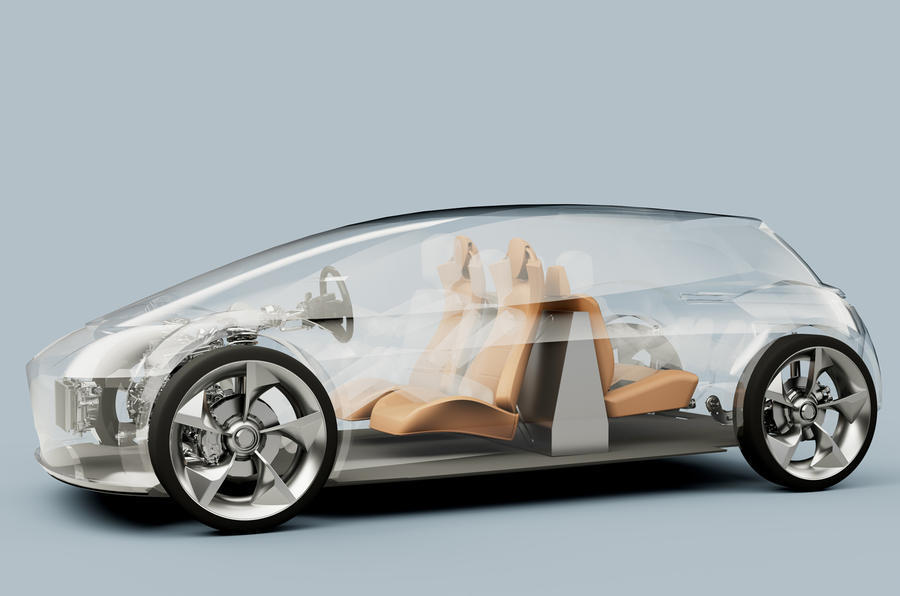
So we’re left wondering if this is just so much hype or if we’re missing something? We do like how the concept looks, and its unique proportions. With just a few tweaks it could become an SUV, and fall right in line with everything Page-Roberts says is keeping the ideas from being adopted.
We’ll have to wait and see where this goes, and what it portends for the future of EVs.



